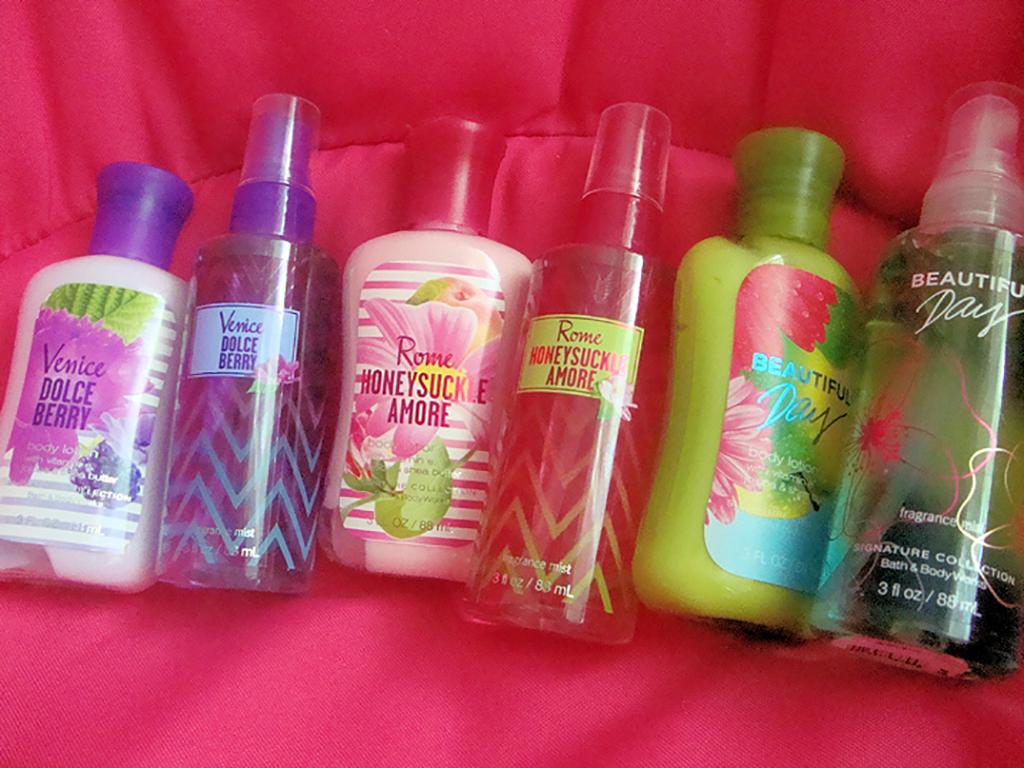3 Mins Read
The media has made us all somewhat aware that most of the products we use to wash and care for our faces and bodies contain some rather suspicious ingredients. The laundry list of what to avoid is a long one so this series will birth many posts.
Most of us are too busy to spend our precious time researching what to eschew, the majority of us would prefer not to expose ourselves to toxins if we can help it. Green Queen is going to make your life easier. In this Toxic Beauty Series, we will look into each of the harmful ingredient and explain what they are, where they appear and why you should consider cutting it out of your personal care routine ASAP.
On the menu today, we explore one of the most common culprits, found in almost every aisle of the proverbial drugstore and especially worrying because of their prevalence in baby and children care products are Sodium Lauryl Sulfate (known commonly as SLS) and its other forms such as Sodium Laureth Sulfate (SLES).
SLS is a surfactant. Best to let Wikipedia do the explaining:
“Surfactants are compounds that lower the surface tension of a liquid, the interfacial tension between two liquids, or that between a liquid and a solid. Surfactants may act as detergents, wetting agents, emulsifiers, foaming agents, and dispersants.”
SLS can be found in many personal care products such as liquid soaps, face wash, shampoos, body cleansers, bubble bath, hand wash, toothpaste- basically anything that suds up. It is what give liquid soaps their bubbles and toothpaste its foaming quality. Originally, SLS and its siblings were developed as industrial-grade detergents for the auto industry. Used to clean garage floors, as engine degreasers and to wash car parts, they are derived from petroleum. (That’s right! On top of being harmful, they are extremely unsustainable and their use helps to deplete our precious oil reserves.)
SLS and SLES are linked to the following symptoms in humans and animals: depression, eye damage, difficulty breathing, diarrhea and most common: skin damage. Sulfates are skin irritants- they strip our skin and scalp of moisture, leaving it dehydrated and flaky, itchy, more prone to infection from dirt and pollution. Consistent exposure can result in allergies, rashes, persistent itchiness and in serious cases, skin corrosion. Sulfates can penetrate deep within our skin’s layers and enter the bloodstream, especially with prolonged use.
Sulfates are especially damaging in babies and children as their skin is thinner and their immune systems less developed. The growing number of children who suffer from skin allergies and other skin problems is associated with our increased usage of products with sulfates.
Thanks to clever marketing campaigns, we associate soaps and cleaning with lather and foam. However, there are plenty of natural ways to clean ourselves without sulfates; it is important to disassociate from such branding messages. Remember: adverts exist to sell products. Nothing else.
Other similar sulfate substances to avoid: Ammonium Lauryl Sulfate, Sodium Myreth Sulfate, Sodium Dodecyl sulfate (SDS), Sodium Coco-Sulfate, Sodium Oleic Sulfate- basically: anything with sulfate in the title.
Even natural brands that tout their organic and plant-based ingredients contain SLS/SLES. While it can come from a natural source like coconut oil, the resulting substance does not resemble coconut oil at all and exhibits the same harmful qualities as its petroleum-derived cousins. The only way to stay vigilant is to read ingredient labels
Check in with us for Part 2 in our Toxic Beauty Series where we tackle another common problem: Parabens.
Photo credit: urbndork via photopin cc.





